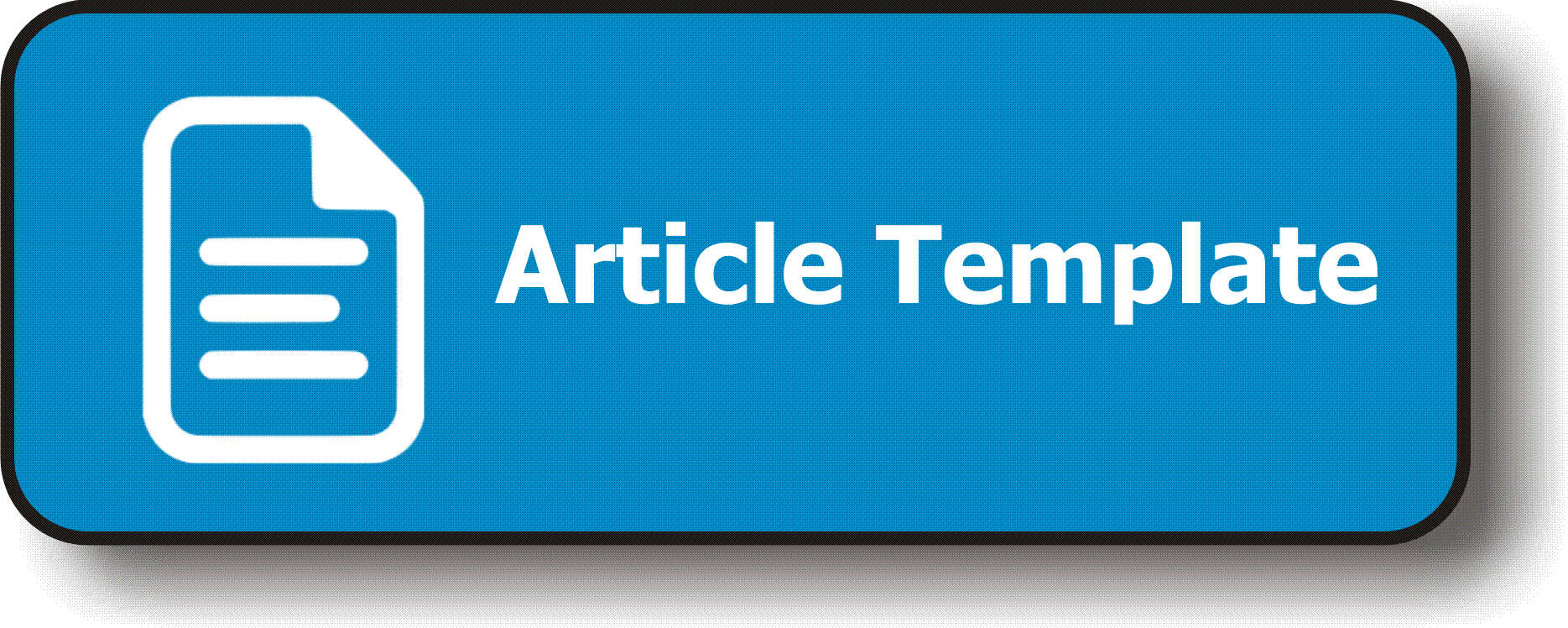Analysis of Online Accessibility of Public Access Catalogue on SLiMS and INLISLite Applications Based on WCAG 2.0
Abstract
Keywords
Full Text:
PDFReferences
Accessibility Guidelines Working Group. (2022a, April 27th). C27: Making the DOM order match the visual order. https://www.w3.org/WAI/WCAG21/Techniques/css/C27.html.
Accessibility Guidelines Working Group. (2022b, April 27th). F65: Failure of Success Criterion 1.1.1 due to omitting the alt attribute or text alternative on img elements, area elements, and input elements of type ‘image’. Https://www.w3.org/WAI/WCAG21/Techniques/failures/F65.html
Accessibility Guidelines Working Group. (2022c, April 27th). G57: Ordering the content in a meaningful sequence. https://www.w3.org/WAI/WCAG21/Techniques/general/G57.html
Accessibility Guidelines Working Group. (2022d, April 27th). G115: Using semantic elements to mark up structure. https://www.w3.org/WAI/WCAG21/Techniques/general/G115.html
Amalina, S. S. (2021). Aksesibilitas Website Kerjabilitas. com bagi Disabilitas Penglihatan Berdasarkan Web Content Accessibility Guidelines 2.1 (Doctoral dissertation, UNIVERSITAS AIRLANGGA).
Arasid, W. (2017). Analisis aksesibilitas website perguruan tinggi negeri berdasarkan pedoman WCAG 2.0 (Doctoral dissertation, Universitas Pendidikan Indonesia).
Birney, A. (2020, December 17th). WCAG Version History. Https://accessibleweb.com/wcag/wcag-version-history/
Bureau of Internet Accessibility. (2019, December 16th). History of the Web Content Accessibility Guidelines (WCAG). Https://www.boia.org/blog/history-of-the-web-content-accessibility-guidelines-wcag)
Caldwell, B., Michael Cooper, dan Loretta Guarino Reid. (2008, August 2nd). Web Content Accessibility Guidelines (WCAG) 2.0. Web Accessibility Initiative. Https://www.w3.org/TR/2008/REC-WCAG20-20081211
Digital Education Strategies dan The Chang School. 2019. Professional Web Accessibility Auditing Made Easy. disunting oleh P. Ricablanca.
Dowden, M., dan Michael Dowden. (2019). Approachable Accessibility. Apress.
Firth, A. (2019). Practical Web Inclusion and Accessibility. Apress.
Fitriyani, Nurlina. 2017. Pentingnya Perpustakaan Sekolah Sebagai Pusat Sumber Belajar.
Gill, Satinder P. (2008). Web Accessibility. disunting oleh S. Harper dan Y. Yesilada. London: Springer London.
Henry, S. L., dan Shadi About-Zahra. (2020, February 28th). Website Accessibility Conformance Evaluation Methodology (WCAG-EM) 1.0. Web Accessibility Initiative. https://www.w3.org/TR/WCAG-EM
Himayah, Himayah. (2013). Layanan dan Pelayanan Perpustakaan: Menjawab Tantangan Era Teknologi Informasi. Khizanah Al-Hikmah : Jurnal Ilmu Perpustakaan, Informasi, Dan Kearsipan 1(1):1–6. https://journal3.uin-alauddin.ac.id/index.php/khizanah-al-hikmah/article/view/38
Holder, Fiona. t.t. (2022, March 23rd). WCAG Levels: Level A, AA, and AAA Compliance. My Accessible Website. https://myaccessible.website/blog/wcaglevels/wcag-levels-a-aa-aaa-difference
Horton, S., dan Whitney Quesenbery. (2013). A Web For Everyone: Designing Accessible User Experience. New York: Rosenfeld Media.
Husain, Rashid, dan Mehtab Alam Ansari. (2006). “From Card Catalogue to Web OPACs.” DESIDOC Bulletin of Information Technology 26(2):41–47. doi: 10.14429/dbit.26.2.3679.
Kalbag, L. (2017). Accessibility for Everyone. A Book Apart.
Krug, Steve. (2013). Don’t Make Me Think. disunting oleh R. Chaerani. Jakarta: Serambi Ilmu Semesta.
Kurniawan, Agung Widhi, dan Zarah Puspitaningtyas. (2016). Metode Penelitian Kuantitatif. Yogyakarta: Pandiva Buku.
Piliang, M. (2013). Sistem temu kembali informasi dengan mendayagunakan media katalog perpustakaan. Iqra': Jurnal Perpustakaan dan Informasi, 7(02), 01-08.
Sims, Glenda. (2017, June 8th). Understand WCAG 2.1: A History of WCAG. Https://www.deque.com/blog/what-is-wcag-2-1-history
Solsman, Joan E. (2017, February 27th). Internet inventor: Make tech accessibility better already - CNET. Https://www.cnet.com/news/internet-inventor-vint-cerf-accessibility-disability-deaf-hearing
Sugiyono. (2013). Metode Penelitian Kuantitatif, Kualitatif, dan R&D. Bandung: Alfabeta.
Suyitno. (2018). Metode Penelitian Kualitatif: Konsep, Prinsip, dan Operasionalnya. disunting oleh A. Tanzeh. Tulungagung: Akademia Pustaka.
Utami, Nadia Wasta. (2015). Gelap dalam Gemerlap: Gelapnya Akses Informasi Bagi Difabel dalam Gemerlap Era Digitalisasi. CHANNEL Jurnal Komunikasi 3(2):41–50. doi: 10.12928/channel.v3i2.3272.
Yayasan Mitra Netra. (2008, December 17th). Pedoman Aksesibilitas Konten Web (WCAG) 2.0. Https://mitranetra.or.id/wcag/#intro
DOI: https://doi.org/10.17509/edulib.v12i2.51377
DOI (PDF): https://doi.org/10.17509/edulib.v12i2.51377.g22790
Refbacks
- There are currently no refbacks.
Copyright (c) 2022 Edulib

This work is licensed under a Creative Commons Attribution-NonCommercial-ShareAlike 4.0 International License.

This work is licensed under a Creative Commons Attribution-ShareAlike 4.0 International License.





